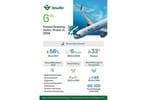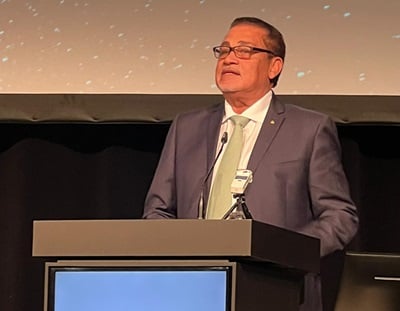The current ongoing COVID-19 پنڊيم has brought tourism and leisure travel to its knees سري لنڪا ۾ and around the world. With extended curfews and strict restrictions of movement, almost all establishments have been shut down. Sri Lanka wildlife parks also have been closed for close to a month now.
There are reports of wild animals enjoying the undisturbed freedom they suddenly are experiencing. The natural environment in general also seems to have taken a turn for the better. Not only in Sri Lanka, but the world over, it is seen that nature can heal itself, if given some space and time.
It is common knowledge that in the past years of post-war rapid development, we have exploited our natural assets and wildlife in the name of tourism to almost a point of no return, by overcrowding and over-visitation. We have pursued quantity over quality.
This approach to wildlife tourism has resulted in a plethora of negative comments in social media about the tourists’ experience of wildlife parks in Sri Lanka. Continuation of a “business as usual” scenario would ensure the demise of the wildlife tourism industry on the longer term. While wildlife tourism in Sri Lanka has tremendous economic potential, it should not be promoted at the expense of conservation.
It is conservation of our natural assets that will ensure the sustainability of the wildlife tourism industry. However, wild animals in most of the popular wildlife parks in the country were being harassed and hounded out due to frenzied visitation. And the main cause for this has been the irresponsible behavior of safari drivers with their blatant disregard of rules and the inability of the Department of the Wildlife Conservation (DWC) to effectively enforce law and order inside the parks.
Now is an opportune moment to wipe the slate clean and start a fresh with proper guidelines and rules for responsible utilization of wildlife parks.
Some suggestions are given below.
Rules for all Visitors and Safari Jeep drivers
These rules must be strictly enforced once the wildlife parks re-open for visitors. Not adhering to any of the following should result in a fine or suspension of the driver or visitor concerned. The DWC must be given the full authority to enforce these rules without any interference from any external sources.
- Maximum speed limit of 25 km/hour within the wildlife parks
- No food to be taken into the park unless on a full day visit
- No smoking or consuming alcohol inside the park
- ڪو به گند نه آهي
- Not making noise or shouting
- No flash photography
- No pursuing an animal to get a better sighting
- No crowding around an animal for better viewing. A maximum of 5 minutes per viewing after which give way for others.
- Travel on designated roads only (no off-road travel)
- Being guided by what the tracker (ranger) tells you to do
- No getting too close to an animal and disturbing it
- No alighting from the vehicle or climbing on top of roofs of vehicles
Department of Wildlife Conservation
In order to ensure a better visitor experience, the DWC should also undertake immediately to prepare a detailed time-bound visitor management plan with short-, medium- and long-term actions. This should be done for all over-visited national parks (Yala, Uda Walawe, Minneriya, Kaudulla, Wilpattu, and Horton Plains)
This visitor management plan should include the following actions as a minimum:
- A uniflow system within national parks wherever possible so that traffic congestion is reduced
- Speed bumps on high-traffic-volume roads within parks to ensure adherence to the speed limits
- Considering that DWC has inadequate staff to accompany all vehicles entering a national park, at least one DWC vehicle to patrol the park between 6 am-10 am and 2 pm-6 pm, daily, when the vehicle number exceeds 50 vehicles per session to manage overcrowding at wildlife sightings and adherence to park rules and regulations
This plan should be drafted during this period of “lockdown,” working online, and being made ready to be implemented with the recommencement of visitation of the national parks.
Dr. Sumith Pilapitiya also contributed to this article.
هن آرٽيڪل مان ڇا وٺو:
- It is common knowledge that in the past years of post-war rapid development, we have exploited our natural assets and wildlife in the name of tourism to almost a point of no return, by overcrowding and over-visitation.
- Considering that DWC has inadequate staff to accompany all vehicles entering a national park, at least one DWC vehicle to patrol the park between 6 am-10 am and 2 pm-6 pm, daily, when the vehicle number exceeds 50 vehicles per session to manage overcrowding at wildlife sightings and adherence to park rules and regulations.
- And the main cause for this has been the irresponsible behavior of safari drivers with their blatant disregard of rules and the inability of the Department of the Wildlife Conservation (DWC) to effectively enforce law and order inside the parks.






















